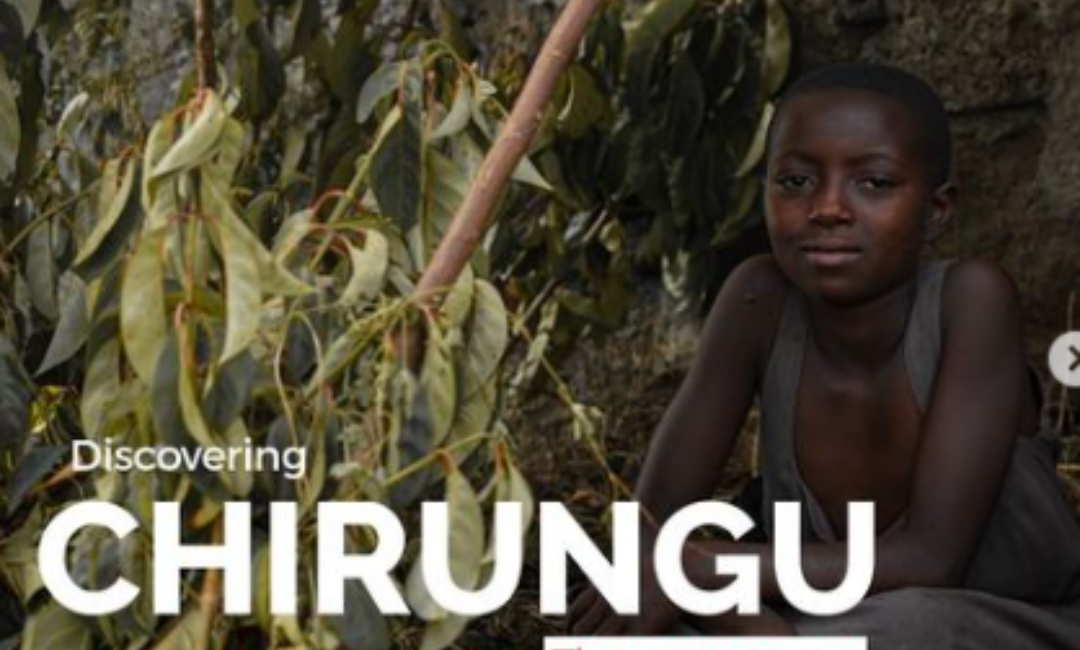In Goma’s Green Lake district, the camp commonly known as CHIRUNGU has become a beacon of hope for thousands. Since the beginning of May, this sanctuary has welcomed more than 20,000 displaced people, providing essential services and support. The influx of refugees has highlighted the urgent need for humanitarian assistance and the resilience of the human spirit.
The CHIRUNGU camp stands as a testament to the community’s efforts to aid those affected by conflict and displacement. With tents sprawling across vast areas, it has become a temporary home for individuals and families seeking safety and stability. The camp’s establishment and ongoing operations demonstrate the power of collective action in addressing humanitarian crises.
Amidst the challenges, CHIRUNGU has managed to create a semblance of normalcy for its residents. From food distribution to medical care, the camp ensures that the basic needs of its inhabitants are met. This article delves into the various facets of CHIRUNGU, exploring its impact and the stories of those who call it home.
A Sanctuary in Times of Crisis
CHIRUNGU camp emerged as a crucial response to the growing crisis in Goma. As conflict intensified, the number of displaced individuals surged, necessitating immediate action. The camp’s establishment was a collaborative effort involving local authorities, international organizations, and community volunteers.
The camp’s infrastructure includes not only shelters but also facilities for water, sanitation, and hygiene (WASH). These elements are vital in preventing the outbreak of diseases and ensuring a livable environment. The success of CHIRUNGU lies in its comprehensive approach to humanitarian aid, addressing both immediate and long-term needs.
Moreover, the camp has implemented security measures to protect its residents. This includes patrolling by trained personnel and setting up safe zones within the camp. Such measures are essential in maintaining order and providing a sense of security for the displaced population.
Stories of Resilience and Hope
Each resident of CHIRUNGU brings a unique story of resilience and hope. Among them is Mariam, a mother of four who fled her village amidst escalating violence. At CHIRUNGU, she found not only shelter but also a supportive community that helped her rebuild her life. Mariam’s story is a testament to the strength and determination of the human spirit.
Another remarkable story is that of Ahmed, a former teacher who now volunteers at the camp’s makeshift school. Despite losing his home, Ahmed’s commitment to educating children remains unwavering. His efforts ensure that the young residents of CHIRUNGU continue their education, providing them with a sense of normalcy and hope for the future.
The camp also houses various support groups, enabling residents to share their experiences and find solace in each other’s company. These groups play a crucial role in mental health and emotional well-being, helping individuals cope with trauma and rebuild their lives.
Challenges and Solutions
Despite its successes, CHIRUNGU faces numerous challenges. One of the primary issues is the constant influx of new arrivals, which strains the camp’s resources. Ensuring adequate food, water, and medical supplies remains a top priority, requiring continuous support from donors and humanitarian organizations.
Another challenge is the integration of residents back into society. While CHIRUNGU provides immediate relief, long-term solutions involve resettlement and economic empowerment. Initiatives such as vocational training and small business support are crucial in helping residents achieve self-sufficiency.
Environmental concerns also pose significant challenges. The large population density can lead to environmental degradation, necessitating sustainable practices. Efforts are being made to manage waste and promote recycling, ensuring that the camp’s operations do not adversely impact the surrounding area.
The Role of International Aid
International aid plays a pivotal role in the functioning of CHIRUNGU. Organizations such as the United Nations and various NGOs provide essential funding and resources. Their support is vital in maintaining the camp’s operations and addressing the needs of its residents.
Moreover, international aid helps in raising awareness about the situation in Goma. By highlighting the plight of displaced individuals, these organizations advocate for more substantial and sustained support from the global community. Their efforts ensure that the stories of CHIRUNGU’s residents are heard beyond the confines of the camp.
Collaboration between international bodies and local entities is also crucial. This partnership ensures that aid is effectively distributed and that the camp’s operations align with the needs of the community. The synergy between global and local efforts is a key factor in the success of humanitarian interventions like CHIRUNGU.
CHIRUNGU camp in Goma’s Green Lake district stands as a symbol of hope and resilience. Since May, it has provided refuge to over 20,000 displaced individuals, offering essential services and support. Despite the numerous challenges, the camp’s success lies in its comprehensive and collaborative approach to humanitarian aid.
The stories of CHIRUNGU’s residents, their resilience, and the ongoing support from international aid highlight the power of collective action in addressing crises. As the camp continues to adapt and evolve, it remains a testament to the strength of the human spirit and the importance of global solidarity in times of need.

